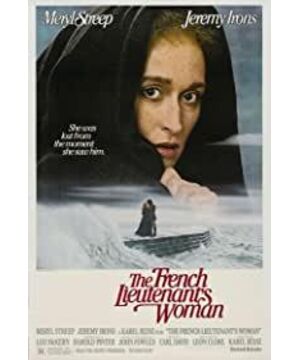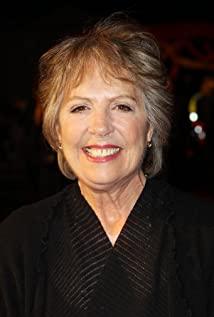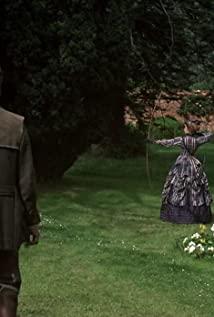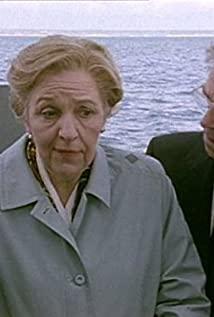The biggest feature of this film is the interlaced time and space narrative. The Victorian era and modern times of "play within play" complement each other and advance together. Better deal with the commentary part of the novel. There are many symmetrical structures in the picture language: the opening is a long shot of Anna walking slowly on the bank, with a dim tone; the end is a long shot of Anna and the male protagonist rafting away together, with bright colors. When the Victorian heroine and the hero first met, it was a big farewell. The hero approached the heroine, and the ending was happy. The first shot of the modern hero and heroine is a close-up of the two lying on the bed. go. The colors of Anna's pictures in the Victorian era tend to be dark, and always appear dim and gloomy, while the colors of the modern heroine are more bright and bright.
The acting of the female lead is quite good, while the acting of the male lead is average. Sometimes it's hard for me to get the mood swings of the male lead. His eyes are too dark and his acting is a bit dull. But the heroine also played two women with completely different personalities. In comparison, the rivalry between the two made me a little out of the picture. The fly in the ointment is that I always feel that Victorian Anna is a bit neurotic, and it makes me feel erratic in grasping the overall image of Anna. I feel that Anna's sudden departure in the end made me feel a little bit bloody (although logically speaking from the play, it is excusable), the emotional transition and emotional handling are not very good, maybe it has something to do with the novel. Psychological changes in this genre are easier to grasp, while in movies the psychological expression is more external, not only requiring good acting skills of the actors, but also better handling of the plot of the script.
View more about The French Lieutenant's Woman reviews











